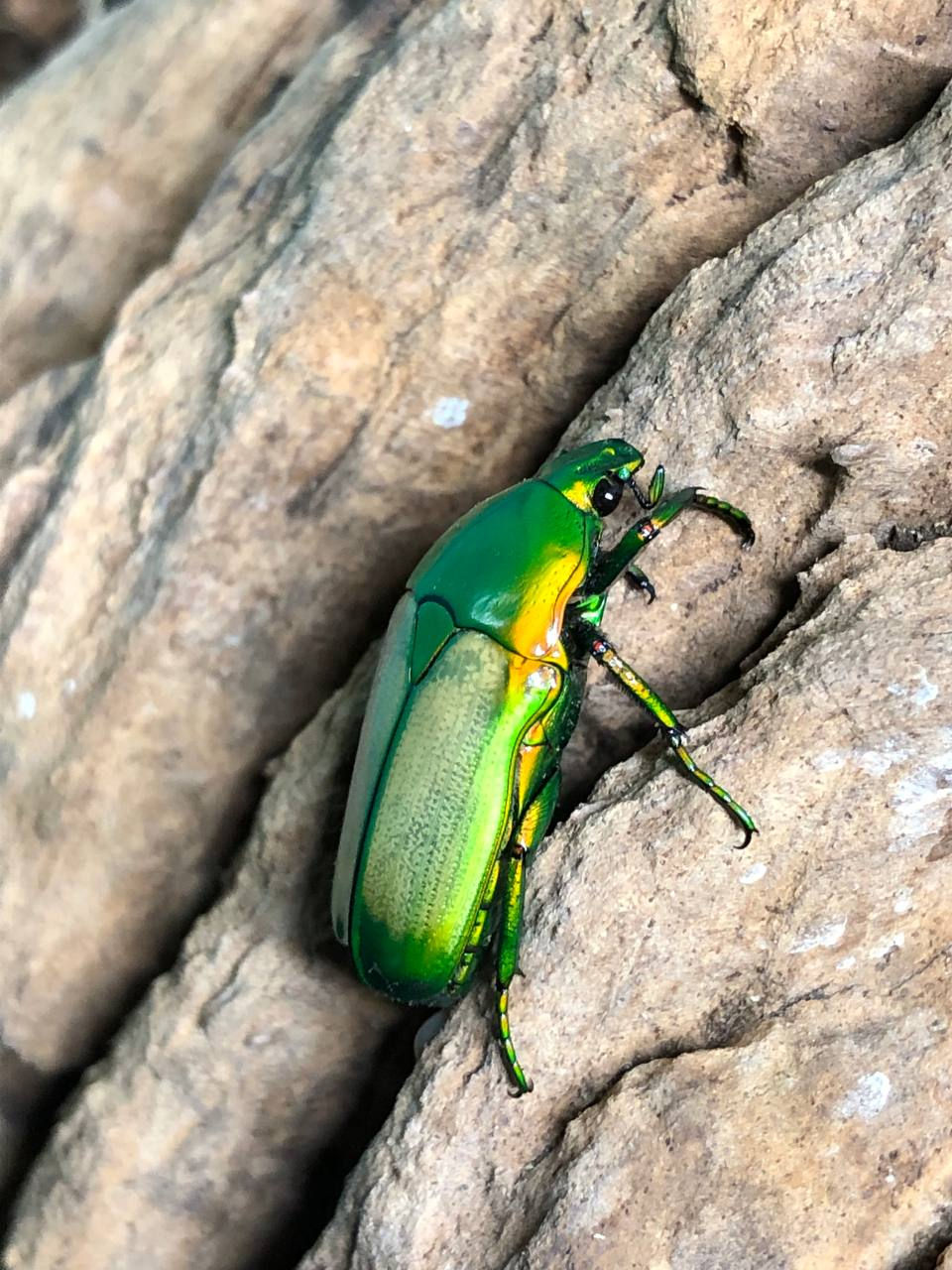Black Beauty Stick Insects (Peruphasma schultei) PSG 270 - Nymphs / Adults
About P. schultei:
- Absolutely stunning species that was only introduced into the hobby in 2012! Adults and nymphs are a velvety-black with bright yellow eyes, and mature individuals have a pair of red wings that they flare up when threatened or when trying to compete for mates.
- These do possess an irritant that can be sprayed from a gland at the back of the head when threatened, but we have never been sprayed in all our time of keeping these! Black beauties are fast escape artists, so take care when handling and opening the enclosure.
- These enjoy hiding behind bark pieces and branches during the day so be sure to provide some in their enclosure.
- Adult size: male 4-5cm, female 5-6cm
- Lifespan: approx. 1 year
- Status: captive bred
- Place of Origin: Cordillera del Condor region of Peru
- Parthenogenetic: yes
- Temperature: 20-24˚C
- Humidity: 60-80%
- Diet: Privet, Honeysuckle
Special requirements: these prefer to be kept slightly drier than most species, so only mist spray lightly 2-3 times a week or when needed
- We like to keep our stick insects around 20-22˚C and humidity ranges between 60-70%, but these will do just fine at average room temperature so long as the humidity is kept in the higher ranges which aids the molting process. Enclosure size should be at least 3 times the length of the body of the insect in height, and at least 2x the length of the insect in width. If housing different species together, use the largest individual as a guide. Around 5 individuals will live together just fine in a 40cm x 20cm enclosure.
- We use a mesh enclosure, like the ones designed for keeping butterflies, as we find the mesh provides excellent cross-ventilation. As these invertebrates are arboreal, its important to try and replicate these conditions in captivity. Alternatively, a tall glass or plastic enclosure can be used if it has adequate ventilation. Black Beauties prefer to be misted less often so spray away from them and their food plant. We add a variety of hardwood branches as décor and to provide a more natural, enriching habitat.
- We like to line the floor of the enclosure with some paper towels which catch the faeces and absorb excess moisture, reducing the chances of mold. The light colouration of the tissue also helps with spotting eggs and differentiating them from droppings. Once a week we replace the tissue and separate out eggs from poo. It is important to mention that we only collect as many eggs as we can care for, the remainder are frozen to prevent hatching. Eggs can be incubated in moist sphagnum moss at 20-22˚C and can take between 6-12 months to hatch.
- We like to gather our own foodplants for our stick insects from local parks and forests which we know are safe and have minimal or no pesticide use. We suggest picking branches with leaves that are away from the main path, higher than ground level, and are healthy and free from signs of fungal infections and disease. Generally, if the leaves are green, intact and have other little critters living on them, then you are good to go!
- We cut the branches at a length that is 10cm or so less than the height of the enclosure which ensures there is a suitable gap at the top for stick insects to molt. The branches are soaked in water for 15-20 minutes to remove any surface debris and hitchhikers. The end of the branches are placed in a jar of fresh water to keep the cuttings fresher for longer. We push some paper towel into the top of the jar to close off the opening which prevents any smaller stick insects from drowning, but you can also use sponges and non-spill paint pots. Once a week we replace the branches with fresh ones, but this can vary for different hobbyists.
PriceFrom £6.99
20% BLACK FRIDAY INVERTS SALE

























